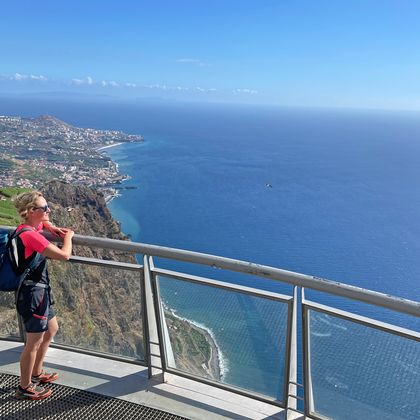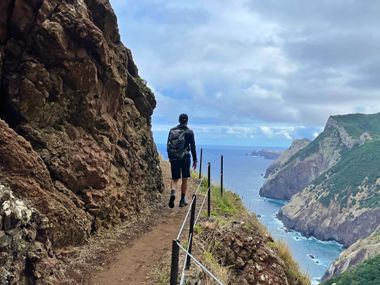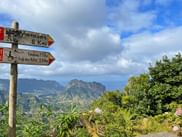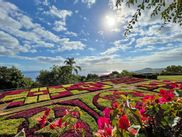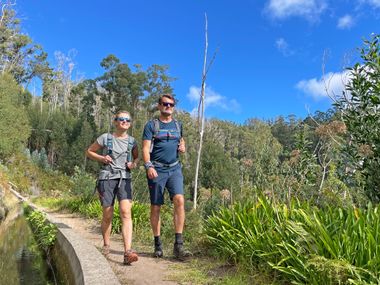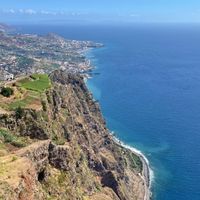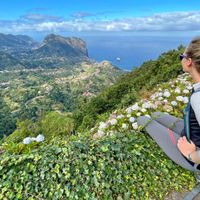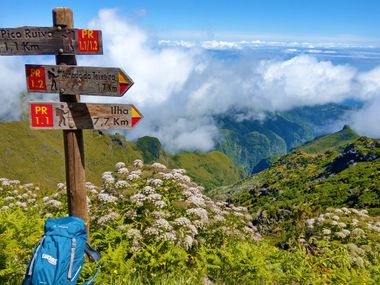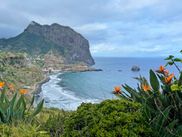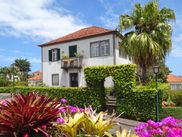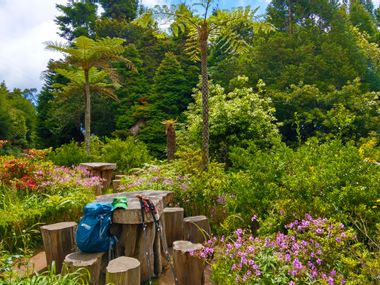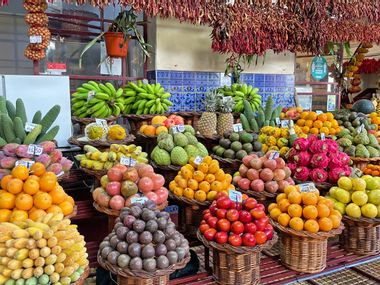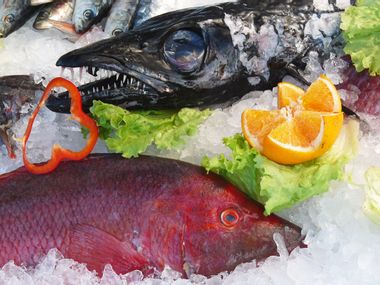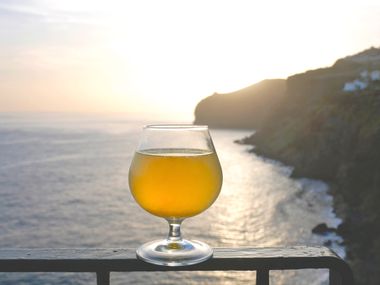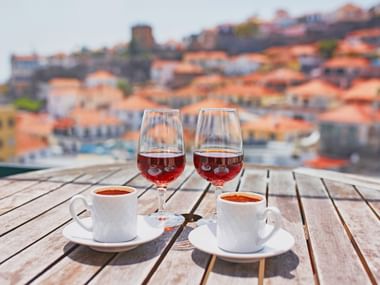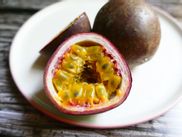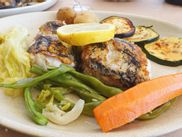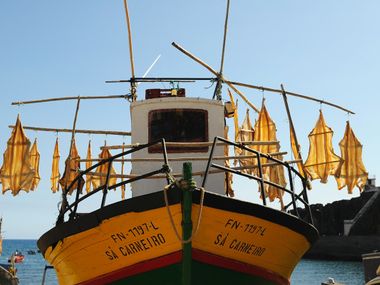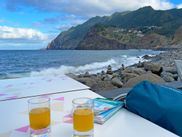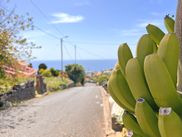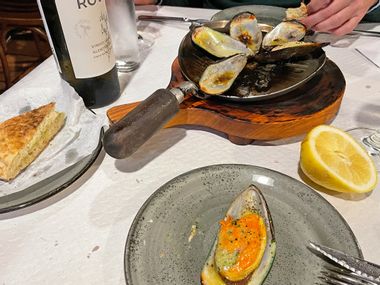Madeira, the Portuguese island in the Atlantic, beckons avid hikers to a paradisiacal experience. Its diverse landscape unveils awe-inspiring trails tracing along steep coasts, meandering through lush laurel forests, and leading to breathtaking viewpoints. The island boasts a year-round mild climate, with winter temperatures resembling a pleasant spring or summer, inviting outdoor enthusiasts to revel in nature throughout the seasons. The enchanting hiking paths alongside the Levadas, historic irrigation channels, are meticulously maintained, offering delightful glimpses into the beauty of the natural surroundings. On Madeira, hikers not only revel in the island's natural allure but also immerse themselves in ancient traditions, cultural nuances, and the distinct hospitality of its inhabitants.
What awaits you on our hiking holiday around Madeira and the unique features that the volcanic island has to offer – along with some personal tips from us – we'll now reveal to you in our HikingBlog.

